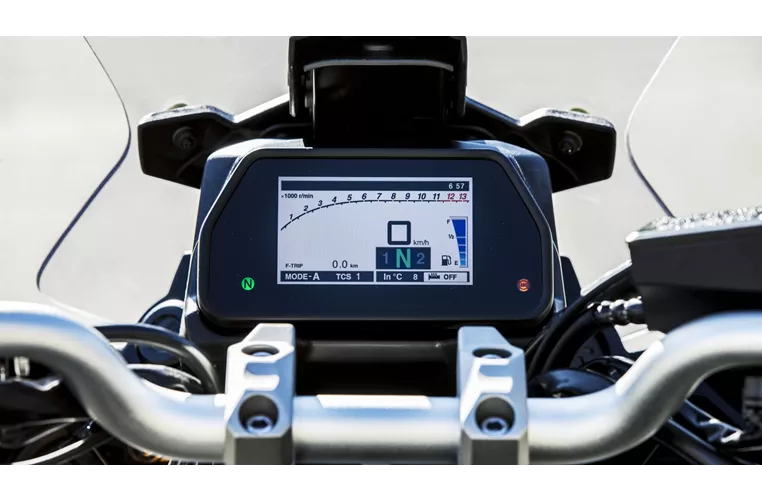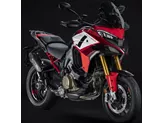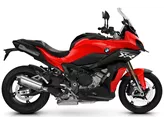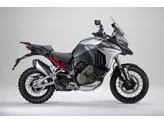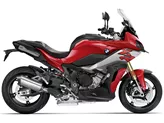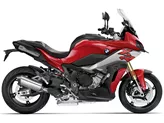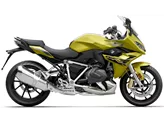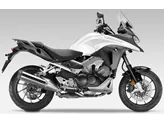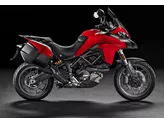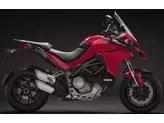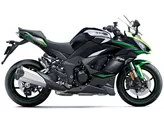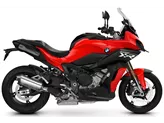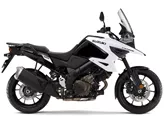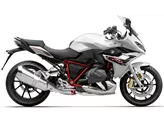Yamaha Tracer 900 GT 2020 vs. BMW S 1000 XR 2015
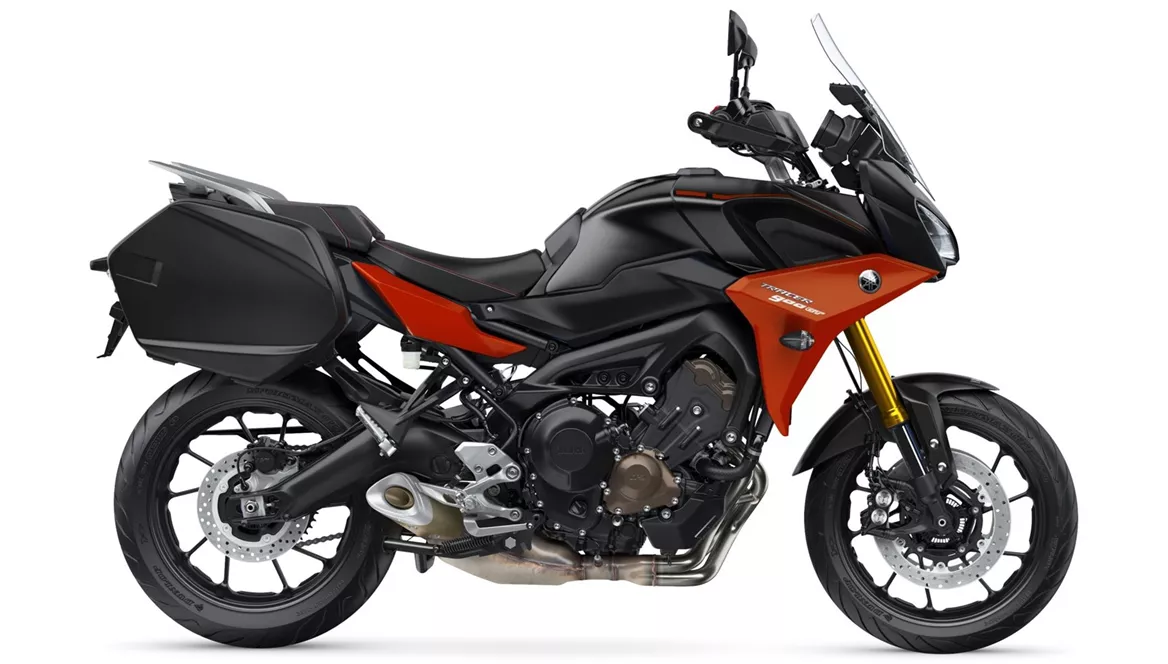
Yamaha Tracer 900 GT 2020

BMW S 1000 XR 2015
Overview - Yamaha Tracer 900 GT 2020 vs BMW S 1000 XR 2015
The Yamaha Tracer 900 GT 2020 and the BMW S 1000 XR 2015 are both sport touring motorcycles that offer a combination of performance and comfort for long rides. While they have some similarities in terms of engine type, transmission, and frame, there are also notable differences in their specifications and features.
In terms of engine power, the BMW S 1000 XR 2015 takes the lead with 160 HP compared to the Yamaha Tracer 900 GT 2020's 115 HP. This means that the BMW offers more power and acceleration, which can be advantageous for riders who enjoy a more thrilling and dynamic riding experience. The Yamaha, on the other hand, provides a more moderate power output that may be suitable for riders who prefer a smoother and more relaxed ride.
In terms of torque, the BMW S 1000 XR 2015 also has an advantage with 112 Nm compared to the Yamaha Tracer 900 GT 2020's 87.5 Nm. Higher torque allows for better low-end power and acceleration, which can be beneficial for overtaking and navigating through traffic. However, the Yamaha's torque is still sufficient for most riding situations and provides a good balance between power and fuel efficiency.
Both motorcycles feature a chain transmission, which is known for its durability and efficient power transfer. This type of transmission requires regular maintenance in terms of lubrication and tension adjustment.
In terms of suspension, both motorcycles feature telescopic forks in the front, which provide good stability and control during cornering and braking. The chassis of both bikes is made of aluminum and features a twin tube design, which contributes to their overall rigidity and handling performance.
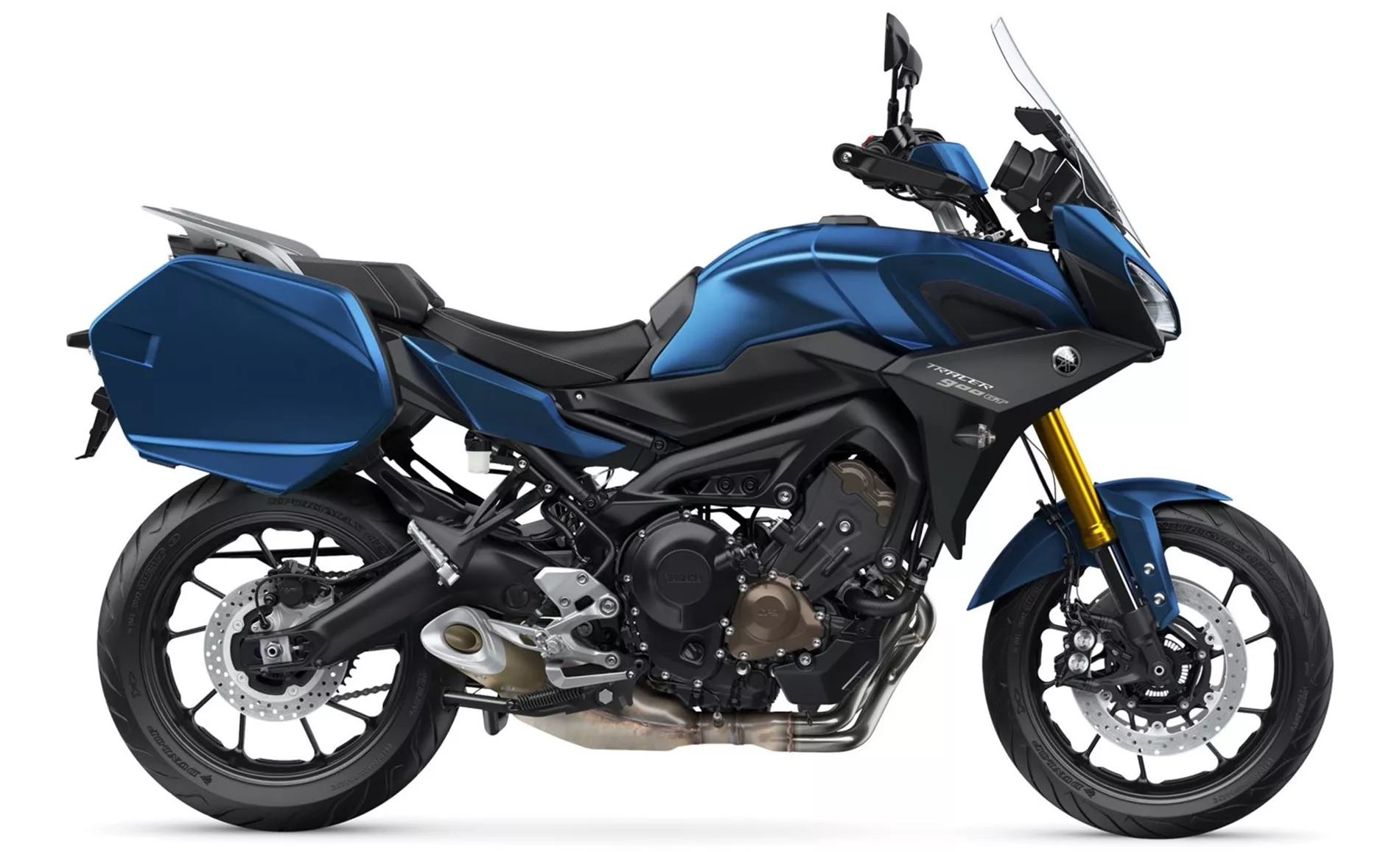
Yamaha Tracer 900 GT 2020
When it comes to braking, both motorcycles are equipped with double disc brakes in the front, which provide excellent stopping power and control. This is important for sport touring motorcycles as they often carry heavier loads and need to be able to stop quickly and safely.
In terms of tire dimensions, both motorcycles have a front tire width of 120 mm and a diameter of 17 inches. However, the BMW S 1000 XR 2015 has a wider rear tire with a width of 190 mm compared to the Yamaha Tracer 900 GT 2020's 180 mm. A wider rear tire can provide better traction and stability, especially during high-speed cornering.
In terms of dimensions and weights, the BMW S 1000 XR 2015 has a longer wheelbase of 1548 mm compared to the Yamaha Tracer 900 GT 2020's 1440 mm. A longer wheelbase can contribute to better stability and straight-line stability at higher speeds. The seat height of the BMW is slightly lower at 840 mm compared to the Yamaha's 845 mm, which may be more suitable for shorter riders.
In terms of weight, the BMW S 1000 XR 2015 is slightly heavier with a kerb weight of 228 kg compared to the Yamaha Tracer 900 GT 2020's 210 kg. The weight difference may not be significant during normal riding, but it can be noticeable during low-speed maneuvers or when pushing the bike around.
Both motorcycles have a fuel tank capacity that is suitable for long-distance rides, with the BMW S 1000 XR 2015 having a slightly larger capacity of 20 liters compared to the Yamaha Tracer 900 GT 2020's 18 liters.

BMW S 1000 XR 2015
In terms of strengths, the Yamaha Tracer 900 GT 2020 offers a powerful engine, top chassis, and good stability. It also features a successful revision of aerodynamics, which can contribute to better wind protection and reduced fatigue during long rides. The Yamaha also offers comfort features such as cruise control, heated grips, and a TFT color display, which enhance the overall riding experience.
On the other hand, the BMW S 1000 XR 2015 has a sharp engine, cool design, and high-quality workmanship. It offers stable road holding and comes with ABS and ASC as standard, which enhance safety and control. The BMW also has a comfortable seat and successful ergonomics, making it suitable for riders of different heights.
In terms of weaknesses, the Yamaha Tracer 900 GT 2020 has a very low payload, which may limit the amount of luggage or accessories that can be carried. The pillion footrest system also restricts the freedom of movement for the pillion passenger. Additionally, the Yamaha does not have cornering ABS, which may be a disadvantage for riders who prioritize safety during cornering maneuvers.
The BMW S 1000 XR 2015 has some weaknesses as well, including vibrations in the mid rev range, which may be noticeable during certain riding conditions. The wind protection could be better, which may result in increased wind noise and fatigue during long rides. Some riders also find the exhaust sound of the BMW to be screeching, which may not be to everyone's liking.
Overall, both the Yamaha Tracer 900 GT 2020 and the BMW S 1000 XR 2015 are capable sport touring motorcycles that offer a combination of performance, comfort, and features. The choice between the two ultimately depends on the rider's preferences and priorities, whether it be power, comfort, handling, or brand preference.
Technical Specifications Yamaha Tracer 900 GT 2020 compared to BMW S 1000 XR 2015
Pros and Cons in comparison
Pros and Cons in comparison
Yamaha Tracer 900 GT 2020
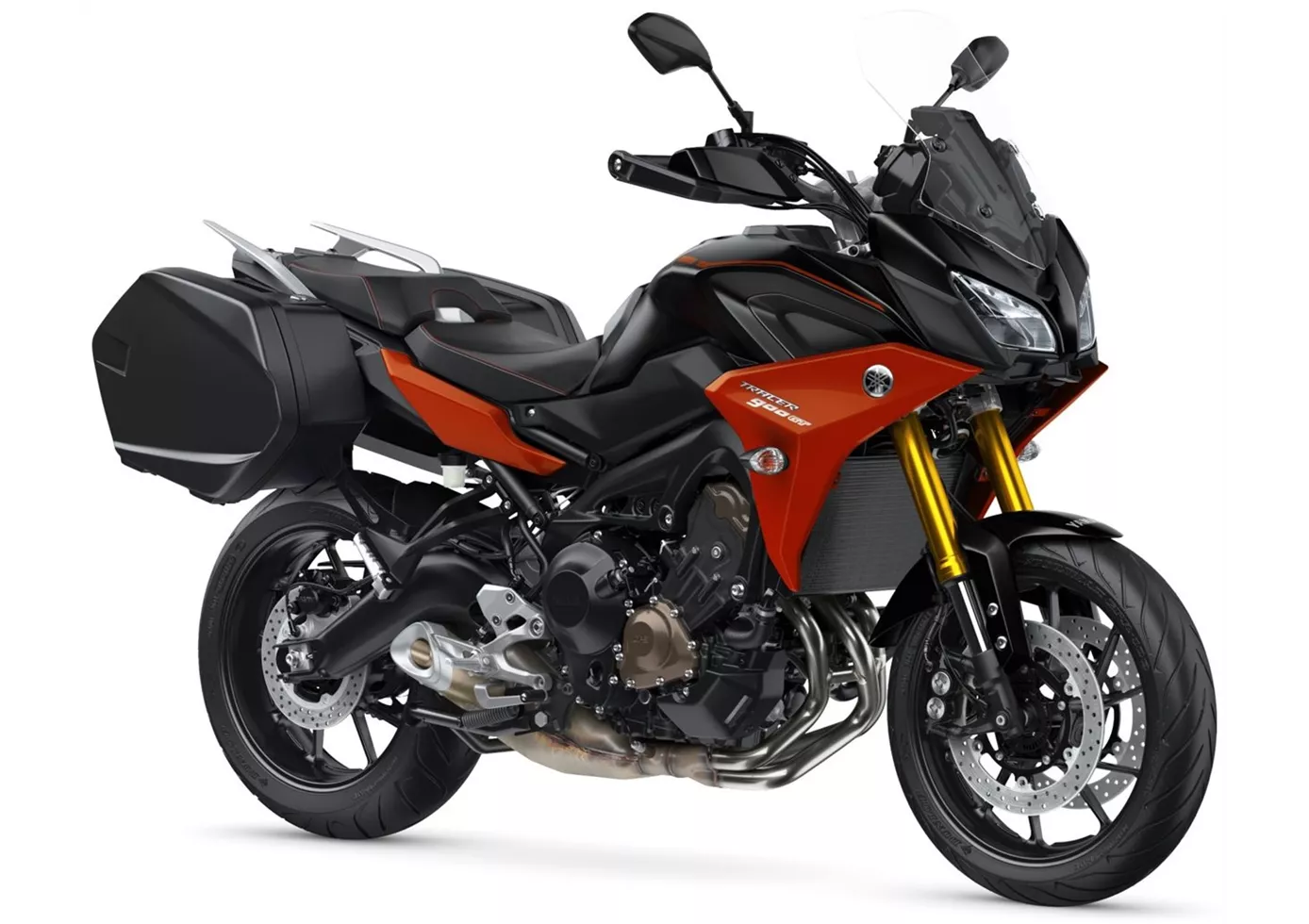
The Tracer 900 GT is the perfect bike for those who find the naked MT-09 too spartan for sporty country road riding. Thanks to the longer swingarm and better aerodynamics, the high-speed problems that the predecessor had to contend with have now been largely eliminated. The premium version in the form of the Tracer 900 GT goes one better and can also convince with great comfort features.
BMW S 1000 XR 2015

The BMW S 1000 XR does its job as a sporty touring machine very well. 160 hp and 228 kilos ready to ride already hint at agile handling, but in the saddle it looks even better. Just like the naked heavyweight S 1000 R, the XR cannot deny its kinship to the S 1000 R superbike. Added to this is an impeccably comfortable riding position and a wide handlebar that makes zipping through hairpin bends a pleasure. The electronics inspire unrestricted confidence and the brakes can be applied as if on a super sports bike. Only the screeching four-cylinder exhaust noise and the vibrations in the mid-range don't really suit a tourer. Otherwise, the S 1000 XR is completely convincing.
Price Comparison Avarage Market Price Yamaha Tracer 900 GT vs BMW S 1000 XR
There are a few key differences between a Yamaha Tracer 900 GT 2020 and a BMW S 1000 XR 2015. In terms of price, the actual average price of a BMW S 1000 XR 2015 is about 15% higher. Compared to BMW S 1000 XR 2015 there are less Yamaha Tracer 900 GT 2020 bikes available on the 1000PS.de Marketplace, specifically 7 compared to 16. It takes less time to sell a Yamaha Tracer 900 GT with 80 days compared to 93 days for a BMW S 1000 XR. Since model year 2018 1000PS.de editors have written 5 reviews for the Yamaha Tracer 900 GT and 40 reviews for the BMW S 1000 XR since model year 2015. The first review for the Yamaha Tracer 900 GT was published on 4/17/2018 and now has more than 158,600 views. This compares to more than 16,000 views for the first review on BMW S 1000 XR published on 10/21/2014.
